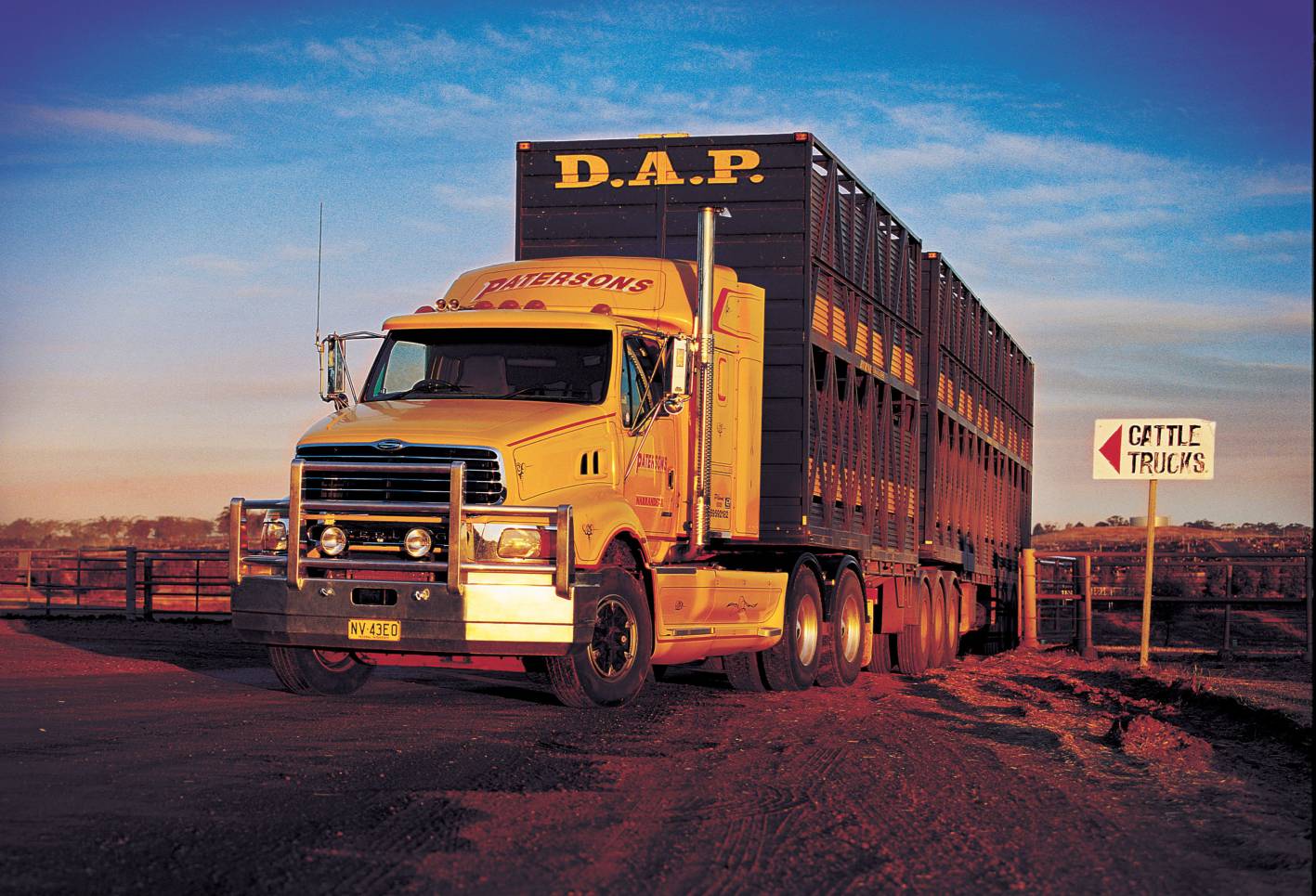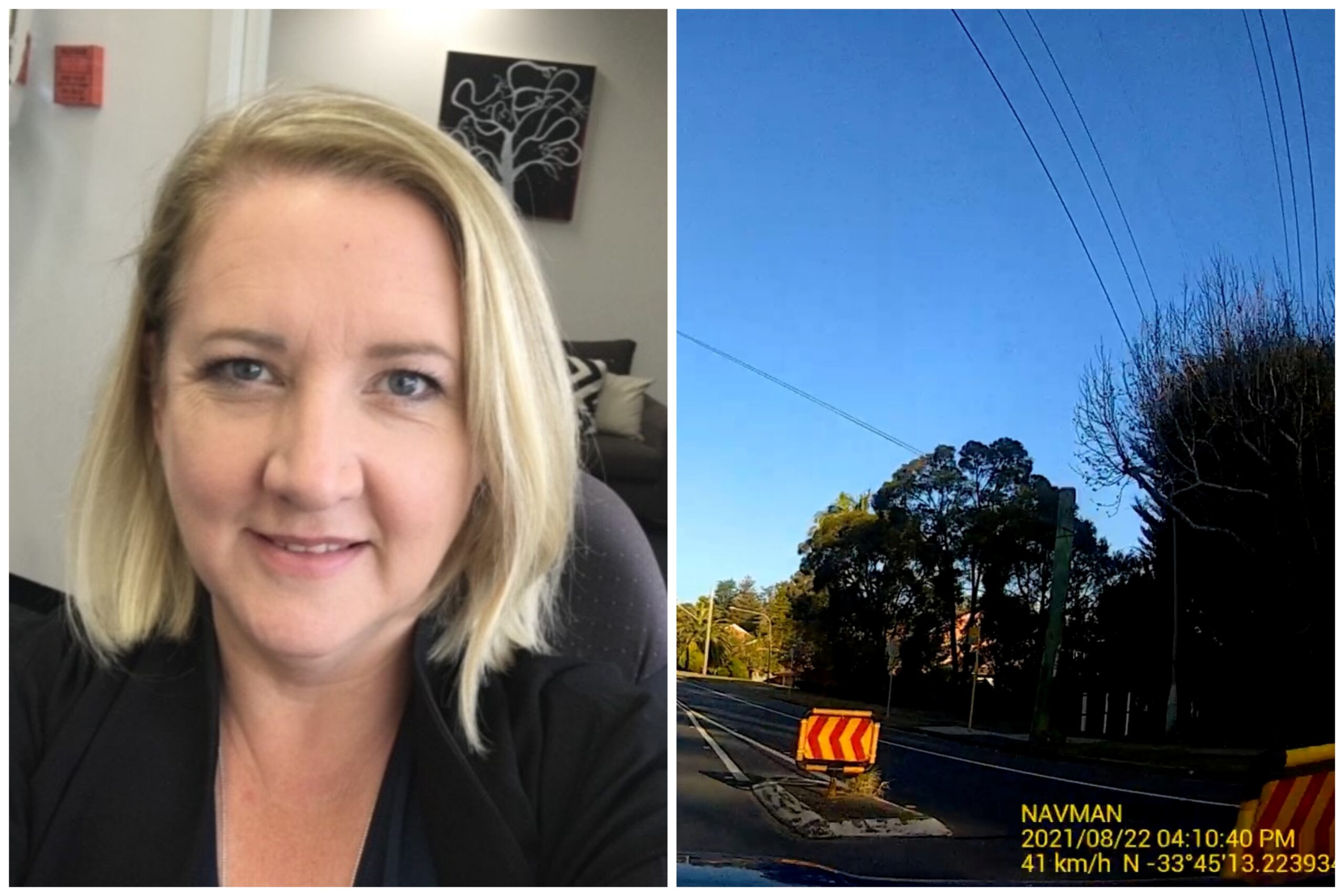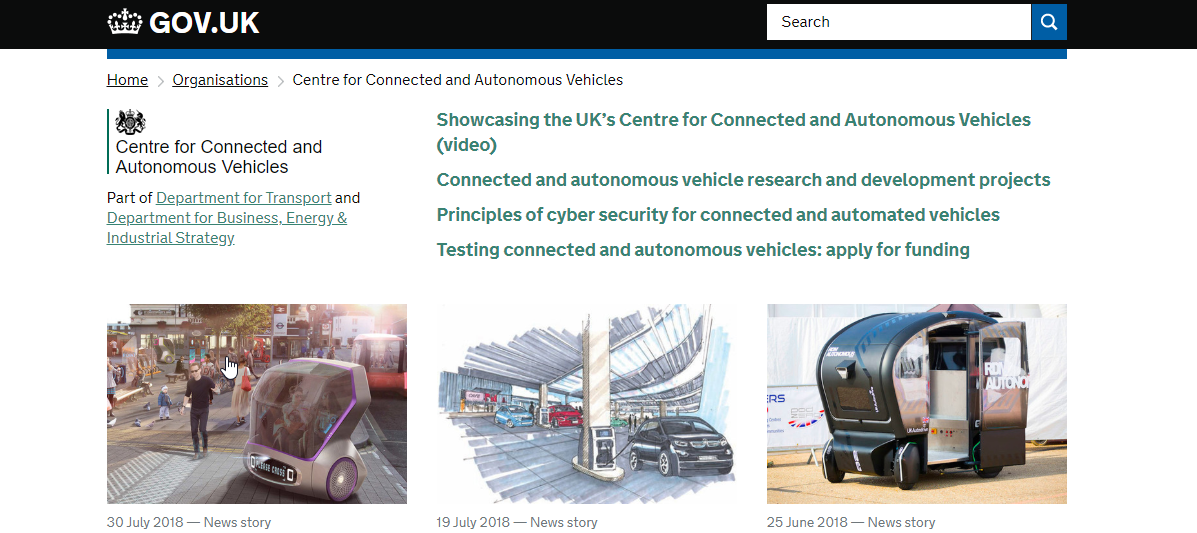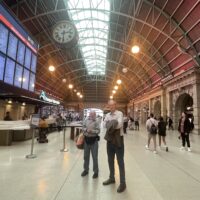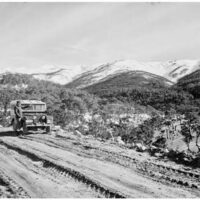Recently Tesla showed the world its new electric truck. It looks different on the outside, and inside the driver sits in the middle. It was a classic Tesla launch that seem to say this is a whole new future. And in a number of ways it is. But traditional truck companies have been continually developing their designs in the multifaceted nature of serving customers, looking after drivers and interacting with the community. At the recent launch of Scania’s new range of vehicles, I spoke to Kristofer Hansén ,Scania’s Head of Styling and Industrial Design who came to Australia for the launch.
Here is an edited transcript from the conversation.
DB: You said in your launch that the first thing you looked at was the driver. Is that a major component of this generational change for Scania trucks?
KH: Yes you can see the driver or the human. I mean there’s a lot of parts involved in the truck business. You have the driver of course, but you have the customers that could be the owner of the fleet and then you have the people on the street who see this beast and they also make some sort of summation of it. But the most important for now it’s absolutely the driver of course.
DB: I’ll come back to the word “beast” in a moment but I think you’ve increased the space for the driver both in driving and sleeping in, if it is that sort of truck.
KH: Yes we did. We moved the driver seat forward as far as possible and we made the instrument panel much, much thinner. So the steering wheel goes forward and then of course we get more space in the back.
DB: But also you’re talking about visibility for the driver.
KH: Yeah when we lowered the IP [instrument panel] we moved the “A” pillar backwards to where you sit in the front seat.
One interesting thing here is that a lot of concept trucks put the driver in the middle and say that is the best because it’s a cool sketch, but to sit in the middle you have long distance to the A pillars and to the corners. You don’t really know exactly where they are. So what we saw about this research was really what is a big job to do that, a lot of that, the more closely you put the driver to, (in our case in Europe and Sweden the left corner, in Australia the right corner), the better control he or she can have of the vehicles. So it’s the opposite in the middle, it is the worst. So if you sit close to one of the corners you know exactly what the other corner is. You can feel the road below.
DB: You mentioned the word “beast”. There’s now the environmentally sustainable issue. There’s an image there as well that you don’t want to see the truck as a place for the cowboy driver. Do you want to see it as pleasant for potential customers but also for the public?
KH: Yet but it’s funny since I started at Scania I got this question: “The next truck you will do. Will you make it very soft and look nice?” But it’s a little bit strange, if you’re standing on the roadside and there’s a vehicle coming and it looks like a friendly, then you want to pass [cross] the road because you think that’s cool and then come 60 or in Australia 200 tonnes they can’t stop. So it’s better, I think, that you understand when you look at it “okay, be a little bit careful this is big, it’s heavy” but it shouldn’t look aggressive. It shouldn’t look mean. It’s like a ‘good’ beast but you have to know it’s a beast, extremely heavy. So it’s just a little bit the same with the car design and electric cars that some years ago everyone who designed electric cars made them very soft and a little bit funny. And then the Tesla comes and that looks almost a normal limousine, a sports car kind of car. And people say “oh lovely but it just looks like a normal car”. There’s nothing electric with that. So it’s the same with the trucks. I don’t think that will change that suddenly you get trucks that look like small babies. Why should they.
DB: Evelyn Waugh wrote a book where he talked of a lady who dressed in fairly severe tones and said “she dressed to inform not to attract”.
KH: It could be yeah yeah.
That was Kristofer Hansén Scania’s Head of Styling and Industrial Design and Martin Toomey Director of Sales in Australia.
When I gave the opening speech at the Institute of Public Works Engineering Australasia national fleet management conference I quite clearly said that I could not accurately predict the future but rather address how things might change with new technology. The impacts are multi-dimensional and they are about people not only technology. Truck design is giving us an example of what that looks like when it is working.

